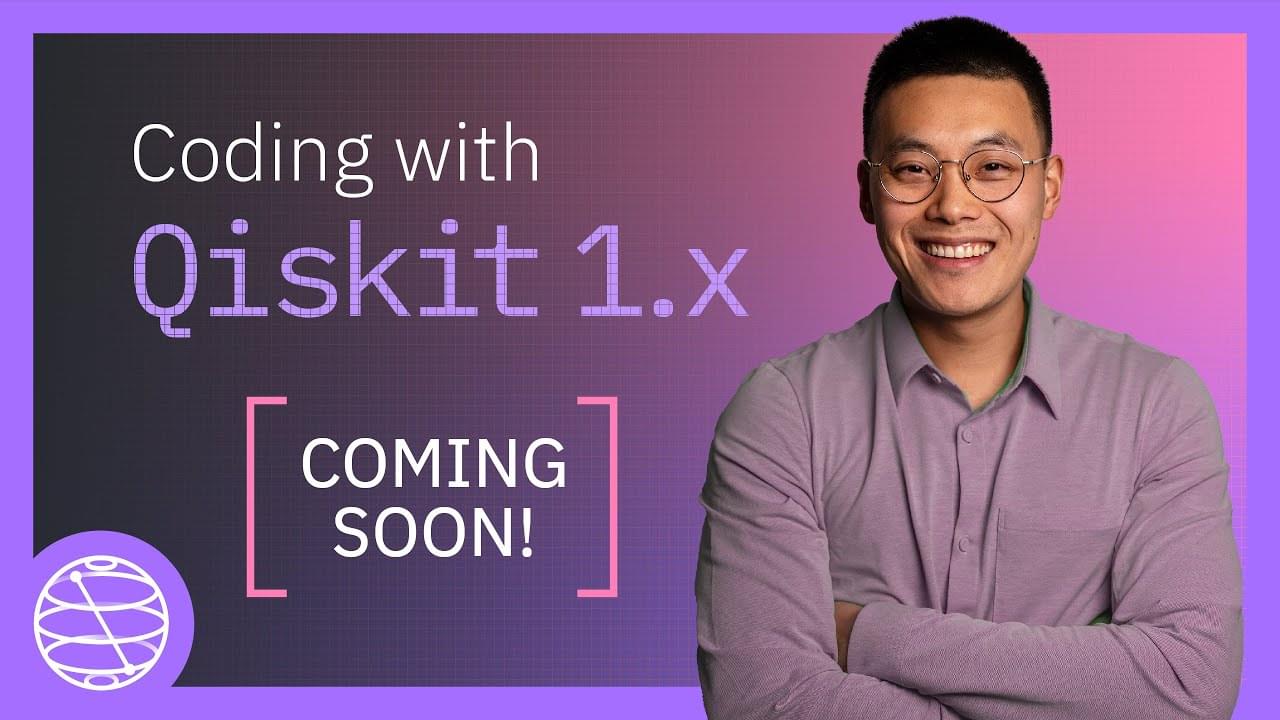https://huggingface.co/papers/2403.
The integration and deployment of large language model (LLM)-based intelligent agents have been fraught with challenges that compromise their efficiency and efficacy.
Join the discussion on this paper page.
https://huggingface.co/papers/2403.
The integration and deployment of large language model (LLM)-based intelligent agents have been fraught with challenges that compromise their efficiency and efficacy.
Join the discussion on this paper page.
In the search for the most scalable hardware to use for quantum computers, qubits made of individual atoms are having a breakout moment.
In support of a major collaborative project to store massive amounts of data in DNA molecules, a Los Alamos National Laboratory–led team has developed a key enabling technology that translates digital binary files into the four-letter genetic alphabet needed for molecular storage.
“Our software, the Adaptive DNA Storage Codec (ADS Codex), translates data files from what a computer understands into what biology understands,” said Latchesar Ionkov, a computer scientist at Los Alamos and principal investigator on the project. “It’s like translating from English to Chinese, only harder.”
DNA offers a compact way to store huge amounts of data cost-effectively. Los Alamos National Laboratory has developed ADS Codex to translate the 0s and 1s of digital computer files into the four-letter code of DNA.
An international team of researchers from Queen Mary University of London, the University of Oxford, Lancaster University, and the University of Waterloo have developed a new single-molecule transistor that uses quantum interference to control the flow of electrons. The transistor, which is described in a paper published in the Nature Nanotechnology (“Quantum interference enhances the performance of single-molecule transistors”), opens new possibilities for using quantum effects in electronic devices.
Transistor are the basic building blocks of modern electronics. They are used to amplify and switch electrical signals, and they are essential for everything from smartphones to spaceships. However, the traditional method of making transistors, which involves etching silicon into tiny channels, is reaching its limits.
As transistors get smaller, they become increasingly inefficient and susceptible to errors, as electrons can leak through the device even when it is supposed to be switched off, by a process known as quantum tunnelling. Researchers are exploring new types of switching mechanisms that can be used with different materials to remove this effect.
An experimental demonstration of how destructive quantum interference effects can increase the performance of single-molecule field-effect transistors to reach levels similar to those of nanoelectronic transistors.
A NIMS research team has developed the world’s first n-channel diamond MOSFET (metal-oxide-semiconductor field-effect transistor). The developed n-channel diamond MOSFET provides a key step toward CMOS (complementary metal-oxide-semiconductor: one of the most popular technologies in the computer chip) integrated circuits for harsh-environment-applications as well as the development of diamond power electronics.
This research was published in Advanced Science (“High-temperature and high-electron mobility metal-oxide-semiconductor field-effect transistors based on n-type diamond”).
World’s First N-Channel Diamond Field-Effect Transistor: (Left) Atomic force microscope image of diamond epilayer surface morphology. (Middle) Optical microscope image of the diamond MOSFET. (Right) Performance of the MOSFET measured at 300 °C. The drain current increased when the gate voltage (Vg) was increased from −20 V (indicated by a black line) to 10 V (indicated by a yellow line). (Image: NIMS)

Welcome back to Coding with Qiskit! Join research scientist Dr. Derek Wang as he walks you through the exciting capabilities of Qiskit 1 for utility scale quantum computing.
He’ll show you how to install Qiskit version 1 from scratch and how to run quantum circuits–both unitary and dynamic, all based on some of the latest research papers by IBM Quantum–on devices with over 100 qubits using the latest error suppression and mitigation techniques. He’ll also be learning how to contribute to the Qiskit ecosystem with the help of open-source extraordinaire Abby Mitchell.
Continue reading “Coding with Qiskit 1.x Series Announcement” »
Researchers at the University of Waterloo’s Institute for Quantum Computing (IQC) have brought together two Nobel prize-winning research concepts to advance the field of quantum communication.
So what happens if you combine reading glasses with sunglasses and put a chip in that so discretely that nobody can even tell?
That’s what Deep Optics has done with its latest 32°N-branded Muir sunglasses that I’ve been testing for the last few weeks. A swipe on the frame sends an electrical signal to the two liquid crystal lenses to change the state of millions of tiny pixels so that close objects come into focus.
As such, these 32 Degrees North specs eliminate the need to carry (and lose) both reading glasses and sunglasses — at least, that’s the promise made in exchange for $849 of your hard-earned money.
Year 2010 😗😁
The world has waited with bated breath for three decades, and now finally a group of academics, engineers, and math geeks has discovered the number that explains life, the universe, and everything. That number is 20, and it’s the maximum number of moves it takes to solve a Rubik’s Cube.
Known as God’s Number, the magic number required about 35 CPU-years and a good deal of man-hours to solve. Why? Because there’s-1 possible positions of the cube, and the computer algorithm that finally cracked God’s Algorithm had to solve them all. (The terms God’s Number/Algorithm are derived from the fact that if God was solving a Cube, he/she/it would do it in the most efficient way possible. The Creator did not endorse this study, and could not be reached for comment.)